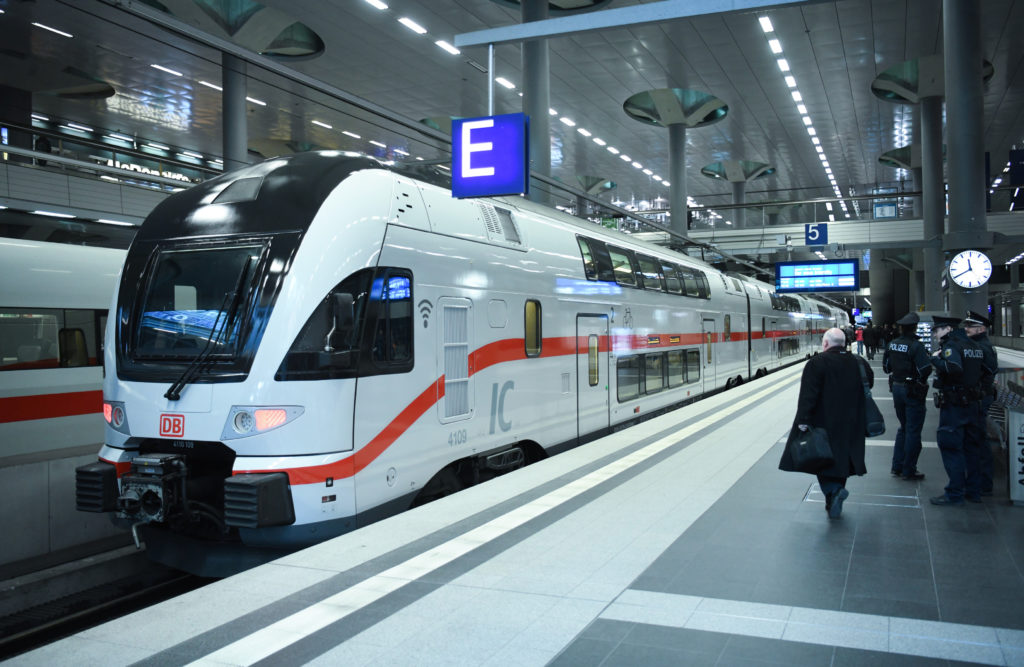Bordercollie
Senior Member
Nobody questions the need to replace 50+ year old equipment. Things only start to become questionable when people here start suggesting to chose a rolling stock design which requires expensive modifications to existing infrastructure over alternative designs which don’t.
You certainly can enjoy the cost savings and revenue gains associated with operating a modern fleet without causing the need for expensive modifications to the existing infrastructure...
Well if you look at how the TTC changed to the Rocket cars, they needed to upgrade the maintenance facilities to accommodate 6 car married trains. There was an gain in passenger volume of 20% and had operational efficiencies also. Without the upgrades to those facilities, they could not operate the new rolling stock.
Also with Toronto Street cars, Leslie barns was specifically designed to house the new street cars. So there are examples of this, it's just whether or not this needs to apply in VIA"s case is another story.





